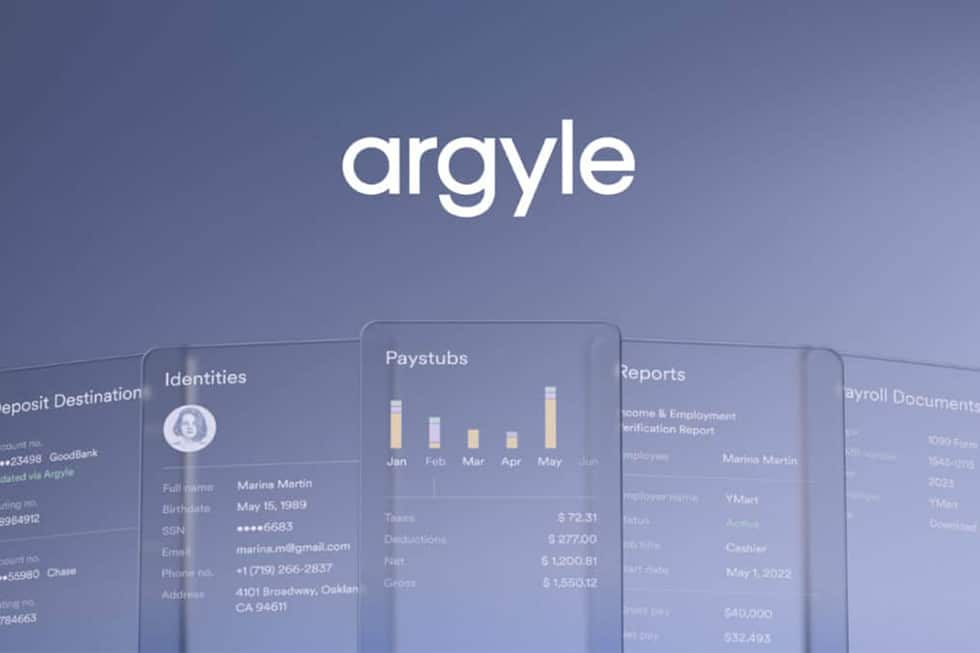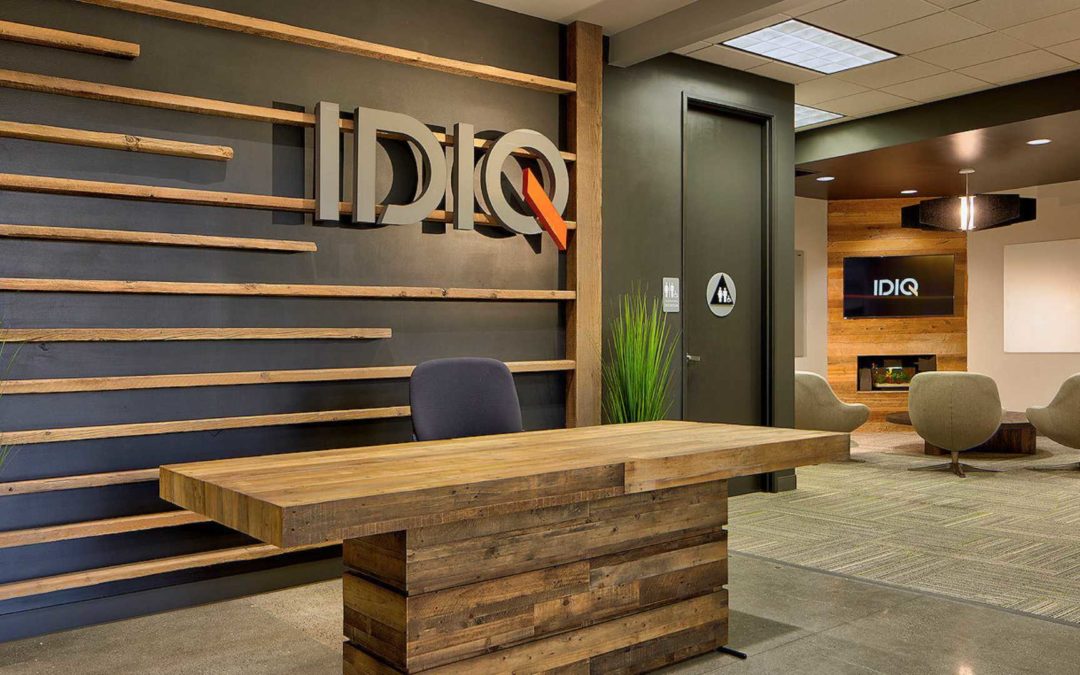When you think of sustainability, banking and fintech are probably not the first industries that come to your mind. But they’re more connected than you think.
Reading a list of the top sustainability practices, you might find transitioning to renewable energy and going #PlasticFree as top practices. Yet, sustainability is economic as well, and has a place in how consumers bank and handle their finances; otherwise known as sustainability banking or green digital finance.
Even banking firms and corporations are committing to sustainability and incorporating “green” practices to their services. The UN’s 2019 Sustainable Development Goals report found that more banking organizations are going green, whether that means incorporating “chief sustainability officer” roles in the C-suite, incorporating environmental, social and governance (ESG) practices like pledging net zero emissions, or even going fully paperless, all because of increasing pressure from investors, shareholders, and consumers. As a result, the banking industry is emerging as a major influence—and power force—in sustainability.
If you’re thinking of evolving your organization green or are just looking for more tips to increase sustainability, consider the following practices to start, or grow, on.
Start Simple: Go Paperless
If your financial institutions haven’t already, limiting any paper trail is one of the simplest methods to decreasing carbon footprint. Think about it: Banks utilize a heavy amount of paper in their day-to-day operations, from service offerings, customer service communications, card statements, and more. In fact, a Bank of America study found that a complete shift to online statements would reduce about 37,000 metric tons of GHG emissions and 136 million gallons of blue water consumption. For context: This is the equivalent of annual GHG emissions from 5,500 American homes and the water contained in 206 Olympic swimming pools, according to Tata Consultancy Services.
The convergence of emerging technology and climate pressure to reduce waste has forced institutions to rethink how they’re communicating with their clients. Bonus points: Not only do banks have a faster turnaround time when it comes to mobile client communications, going paperless allows for better productivity and less operational costs, such as document printing and storage. Plus, clients tend to prefer this method due to the convenience.
Going green with paperless banking has thus turned into an imperative priority for these companies. If it hasn’t yet with yours, then it should.
Turn Over a Green Leaf
One of the main pillars of sustainability is governance, and it’s up to central banks and the government to provide innovative green products to its consumers, whether on the lending or investment side. According to Accenture, a multinational professional services company specializing in information technology (IT) services and consulting, sustainable-linked lending has soared from $5 billion in 2017 to $120 billion in 2020.
Because banks serve as an influence on other markets, incorporating green products like bonds, sustainable mortgages and sustainability-linked loans can spark a chain reaction across multiple industries, notes the Accenture study. If banks chose to look the other way when it comes to sustainability, they gamble risking higher credit possibilities, harmful lending terms and potentially frailer profitability, as sustainability gains more traction.
Banks who incorporate ESG products into their services are likelier to thrive as the future gears up to be more sustainable. Additionally, these banks are set to see better client engagement and customer experience, as demand for green products grow.
The Future is (Climate) Fintech
The future of digital banking is evolving every day—from artificial intelligence (AI) to embedded finance—more banks and consumers are looking to get in on fintech with each passing day. As concerns of climate change come, more institutions are incorporating climate fintech into their everyday practices.
Sunrise Banks, which coins itself as “The World’s Most Socially Responsible Bank,” explains climate fintech as a “digital financial technology” that catalyzes decarbonization—or in other words, the ways in which fintech can improve climate change. This includes consumer behavior, such as opting to bank digitally, incorporating ESG investments, and offering risk analysis on traffic patterns and greenhouse gas emissions to food production and deforestation, according to the banking entity.
By offering such practices and integrating new technologies into their services, companies are banking on a cleaner, efficient, and absolute environment. This Earth Day, don’t just think about reusable straws and avoiding single-use plastic (although those are important too!). Expand how your bank can contribute to the earth’s sustainability.





